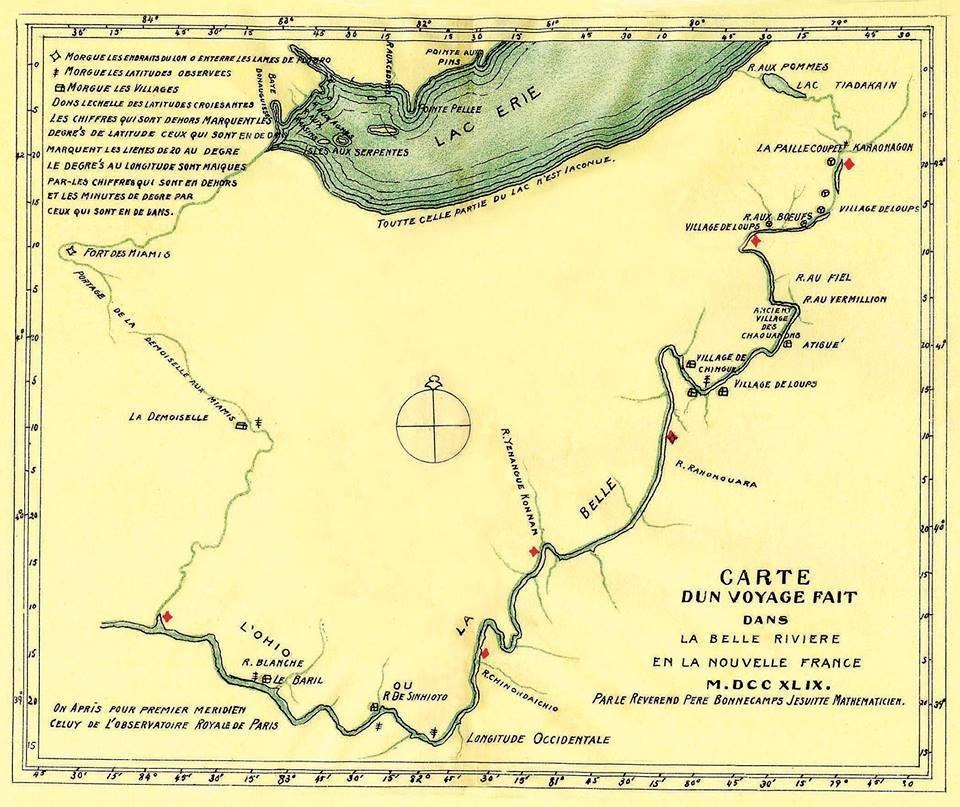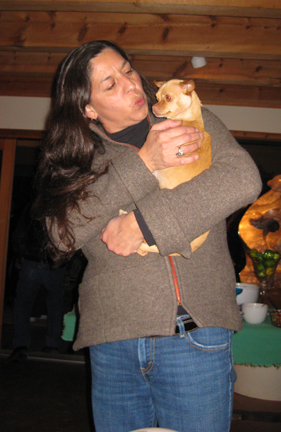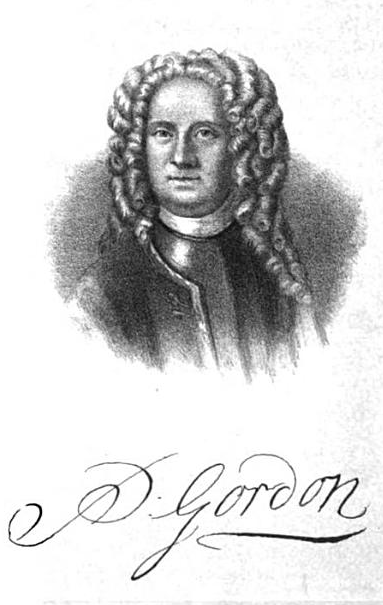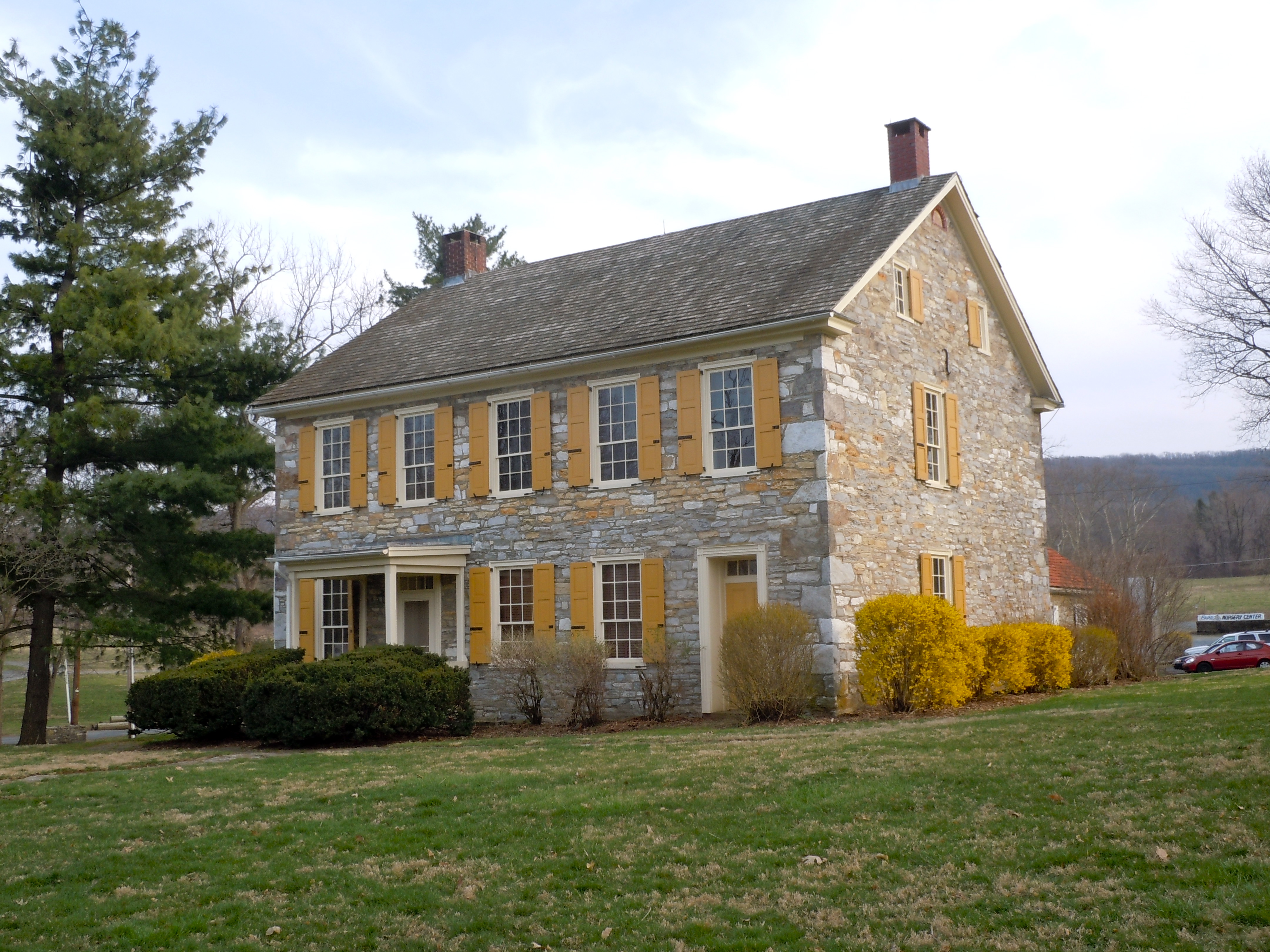|
Kittanning (village)
kit- 'big' + hane 'mountain river' + -ink (suffix used in place names). "The main river" , settlement_type = Historic Native American village , image_skyline = Kittanning, Pennsylvania (8481673707).jpg , imagesize = , image_alt = , image_map1 = Pennsylvania in United States (US48).svg , mapsize1 = , map_alt1 = , map_caption1 = Location of Pennsylvania in the United States , image_caption = Plaque at the site of Kittanning Village , nickname = , coordinates = , established_title = Founded , established_date = 1724-1725 , established_title2 = Demolished , established_date2 = 8 September, 1756 , established_title3 = , established_date3 = , population_total = , population_est = 300-400 , pop_est_as_of = 1754 , subdivision_type = State , subdivision_name = Pennsy ... [...More Info...] [...Related Items...] OR: [Wikipedia] [Google] [Baidu] |
Kittanning, Pennsylvania
Kittanning ( pronounced ) is a Borough (Pennsylvania), borough in, and the county seat of, Armstrong County, Pennsylvania, Armstrong County in the U.S. state of Pennsylvania. It is situated northeast of Pittsburgh, along the east bank of the Allegheny River. The name is derived from ''Kithanink'', which means 'on the main river' in Lenape or the Delaware language, from ''kit-'' 'big' + ''hane'' 'mountain river' + -''ink'' (suffix used in place names). "The main river" is a Lenape term for the Allegheny and Ohio River, Ohio combined, which they considered as all one river. The borough and its bridge have been used as a setting for several recent films. History The borough is located on the east bank of the Allegheny River, founded on the site of the eighteenth-century Lenape (Delaware) village of Kittanning (village), Kittanning at the western end of the Kittanning Path, an ancient Native American path. In 1756, the village was destroyed by John Armstrong, Sr. at the Kittanni ... [...More Info...] [...Related Items...] OR: [Wikipedia] [Google] [Baidu] |
Lenape
The Lenape (, , or Lenape , del, Lënapeyok) also called the Leni Lenape, Lenni Lenape and Delaware people, are an indigenous peoples of the Northeastern Woodlands, who live in the United States and Canada. Their historical territory included present-day northeastern Delaware, New Jersey and eastern Pennsylvania along the Delaware River watershed, New York City, western Long Island, and the lower Hudson Valley. Today, Lenape people belong to the Delaware Nation and Delaware Tribe of Indians in Oklahoma; the Stockbridge–Munsee Community in Wisconsin; and the Munsee-Delaware Nation, Moravian of the Thames First Nation, and Delaware of Six Nations in Ontario. The Lenape have a matrilineal clan system and historically were matrilocal. During the last decades of the 18th century, most Lenape were removed from their homeland by expanding European colonies. The divisions and troubles of the American Revolutionary War and United States' independence pushed them farther west. ... [...More Info...] [...Related Items...] OR: [Wikipedia] [Google] [Baidu] |
Peter Chartier
Peter Chartier (16901759) (Anglicized version of Pierre Chartier, sometimes written Chartiere, Chartiers, Shartee or Shortive) was a fur trader of mixed Shawnee and French parentage. Multilingual, he later became a leader and a band chief among the Pekowi Shawnee. As an early advocate for Native American civil rights, he joined other chiefs in opposing the sale and trade of alcohol in indigenous communities in the Province of Pennsylvania. He first tried to limit the sale of rum in Shawnee communities but expanded that effort to other indigenous peoples. Because of conflict with the English provincial government, in 1745 he accepted a French commission and left Pennsylvania with his band. Beginning with more than 400 Pekowi Shawnee, he migrated over the next four years through parts of modern Ohio, Kentucky, Alabama and Tennessee. He and his people eventually resettled in Illinois Country, near a French colonial community. He and some of his warriors later fought on the side of ... [...More Info...] [...Related Items...] OR: [Wikipedia] [Google] [Baidu] |
Tarentum, Pennsylvania
Tarentum is a Borough (Pennsylvania), borough in Allegheny County, Pennsylvania, Allegheny County in the U.S. state of Pennsylvania. It is northeast of Downtown Pittsburgh, along the Allegheny River. Tarentum was an industrial center where plate glass and bottles were manufactured; bricks, lumber, steel and iron novelties, steel billets and sheets, sack and wrapping paper were also produced. The Pennsylvania Railroad operated a station in Tarentum; its rail line ran through the town. The population was 4,530 at the 2010 United States Census, 2010 census. Two statues of Hebe (mythology), Hebe, the Greek goddess of youth, are displayed by the borough in Tarentum. Geography Tarentum is located at (40.603042, -79.755447). According to the United States Census Bureau, the borough has a total area of , of which is land and , or 12.06%, is water. Streams * The Allegheny River forms the borough's eastern border with Westmoreland County, Pennsylvania, Westmoreland County. * Bull Cree ... [...More Info...] [...Related Items...] OR: [Wikipedia] [Google] [Baidu] |
Neucheconeh
Neucheconeh (Floruit, fl. 1732–1748), also known as Newcheconner, Nocheknonee, Neucheconner, Neucheconno, Neucheconer, Nowchekano, Nawchikana, Neuchconna, Nuckegunnah, Neuchyconer or Nechikonner was a Pekowi Shawnee chief from western Pennsylvania. From 1732 to 1745, Neucheconeh shared leadership of the Shawnee of western Pennsylvania with Kakowatcheky. During that time, he petitioned the Province of Pennsylvania, Pennsylvania Provincial Government to regulate the sale of alcohol in Shawnee communities and was involved in the migration of many Shawnees into the Ohio River Valley, away from the influence of European settlers and into a region where game was more plentiful. In 1745 he joined Peter Chartier and other Shawnees who chose loyalty to New France, but after three years he returned to Pennsylvania and apologized. His date and place of death are unknown. Letter to Governor Gordon, 1732 Like many Native American leaders of that time, Neucheconeh's life is only known through ... [...More Info...] [...Related Items...] OR: [Wikipedia] [Google] [Baidu] |
Shawnee
The Shawnee are an Algonquian-speaking indigenous people of the Northeastern Woodlands. In the 17th century they lived in Pennsylvania, and in the 18th century they were in Pennsylvania, Ohio, Indiana and Illinois, with some bands in Kentucky and Alabama. By the 19th century, they were forcibly removed to Missouri, Kansas, Texas, and ultimately Indian Territory, which became Oklahoma under the 1830 Indian Removal Act. Today, Shawnee people are enrolled in three federally recognized tribes, all headquartered in Oklahoma: the Absentee-Shawnee Tribe of Indians, Eastern Shawnee Tribe of Oklahoma, and Shawnee Tribe. Etymology Shawnee has also been written as Shaawanwaki, Ša·wano·ki, Shaawanowi lenaweeki, and Shawano. Algonquian languages have words similar to the archaic ''shawano'' (now: ''shaawanwa'') meaning "south". However, the stem ''šawa-'' does not mean "south" in Shawnee, but "moderate, warm (of weather)": See Charles F. Voegelin, "šawa (plus -ni, -te) MODERATE, WARM ... [...More Info...] [...Related Items...] OR: [Wikipedia] [Google] [Baidu] |
Senecas
The Seneca () ( see, Onödowáʼga:, "Great Hill People") are a group of Indigenous Iroquoian-speaking people who historically lived south of Lake Ontario, one of the five Great Lakes in North America. Their nation was the farthest to the west within the Six Nations or Iroquois League (Haudenosaunee) in New York before the American Revolution. In the 21st century, more than 10,000 Seneca live in the United States, which has three federally recognized Seneca tribes. Two of them are centered in New York: the Seneca Nation of Indians, with two reservations in western New York near Buffalo; and the Tonawanda Seneca Nation. The Seneca-Cayuga Nation is in Oklahoma, where their ancestors were relocated from Ohio during the Indian Removal. Approximately 1,000 Seneca live in Canada, near Brantford, Ontario, at the Six Nations of the Grand River First Nation. They are descendants of Seneca who resettled there after the American Revolution, as they had been allies of the British and for ... [...More Info...] [...Related Items...] OR: [Wikipedia] [Google] [Baidu] |
Cayugas
The Cayuga ( Cayuga: Gayogo̱hó꞉nǫʼ, "People of the Great Swamp") are one of the five original constituents of the Haudenosaunee (Iroquois), a confederacy of Native Americans in New York. The Cayuga homeland lies in the Finger Lakes region along Cayuga Lake, between their league neighbors, the Onondaga to the east and the Seneca to the west. Today Cayuga people belong to the Six Nations of the Grand River First Nation in Ontario, and the federally recognized Cayuga Nation of New York and the Seneca-Cayuga Tribe of Oklahoma. History Political relations between the Cayuga, the British, and the Thirteen Colonies during the American Revolution were complicated and variable, with Cayuga warriors fighting on both sides (as well as abstaining from war entirely). Most of the Iroquois nations allied with the British, in part hoping to end encroachment on their lands by colonists. In 1778, various Iroquois bands, oft allied with British-colonial loyalists (Tories) conducted a s ... [...More Info...] [...Related Items...] OR: [Wikipedia] [Google] [Baidu] |
Patrick Gordon (governor)
Patrick Gordon (ca. 1644 – 17 August 1736) was Deputy Governor of the Province of Pennsylvania and the Lower Counties on the Delaware from 22 June 1726 to 4 August 1736. He was deputy to the Proprietors of Pennsylvania, the heirs of William Penn, rather than to a governor. Since the Proprietors were usually in England, he was essentially the Governor. Gordon had a military, rather than political background, having been a Major in the regular army. Gordon resided in what is now Mont Clare. ote that another Patrick Gordon resided in Mont Clare (in a cave) from 1757./nowiki> Governor Gordon had at least seven children: Sons: Charles, Army(?), and Archibald; and Daughters: Henrietta, Philadelphia, Elizabeth, and Agatha Harriot. Peace and prosperity prevailed during Gordon's administration as Deputy Governor. An important lawsuit was settled in 1732Pennsylvania Archives, Second Series, The Breviate in the Boundary Dispute between Pennsylvania and Maryland, Edited by William ... [...More Info...] [...Related Items...] OR: [Wikipedia] [Google] [Baidu] |
Anthony Sadowski
Anthony Sadowski (c. 1669 – April 22, 1736) was a Polish-born Indian trader and interpreter employed by the provincial governor of Pennsylvania as an Indian agent in the western country. Biography Early life Antoni Sadowski was born in about 1669 in Poland. He hailed from Ostrowiec Świętokrzyski near the town of Kielce. His father was Marcin Sadowski, who was a chamberlain at the Polish king's castle in Gostyń and, as a deputy of the Polish Sejm, an inspector of the king's land holdings in Ukraine. Though it is not known which schools Antoni attended in his youth, he did receive a classical education. During the Great Northern War in 1701, Sadowski was taken captive with his brother at Riga. He managed to escape captivity, and made his way to Scotland and England. He sailed to the British colonies, landing in New York City in 1704. In America After Sadowski moved to the colony of New York, he married Marya Bordt (anglicized as Mary Bird), daughter of Andrew Bird of Newto ... [...More Info...] [...Related Items...] OR: [Wikipedia] [Google] [Baidu] |
James Le Tort
James Le Tort (often spelled James Letort, c. 1675 – c. 1742) was a Pennsylvania fur trader and a ''coureur des bois A coureur des bois (; ) or coureur de bois (; plural: coureurs de(s) bois) was an independent entrepreneurial French-Canadian trader who travelled in New France and the interior of North America, usually to trade with First Nations peoples by e ...'' active in the early 18th century. He established trading posts at several remote Native American communities in Pennsylvania and Ohio and became fluent in the Delaware and Shawnee languages. During the 1720s he frequently served as an interpreter at councils and conferences between Native American leaders and the government of the Province of Pennsylvania. Early life He was the son of Jacques Le Tort and his wife Anne, and was born in France, probably in Bonnétable (dept. of Sarthe). Le Tort arrived in Quebec with his parents, who were Huguenot refugees, in 1686, and settled in eastern Pennsylvania. His younger ... [...More Info...] [...Related Items...] OR: [Wikipedia] [Google] [Baidu] |
Conrad Weiser
Conrad Weiser (November 2, 1696 – July 13, 1760), born Johann Conrad Weiser, Jr., was a Pennsylvania Dutch (German) pioneer who served as an interpreter and diplomat between the Pennsylvania Colony and Native American nations. Primarily a farmer, he also worked as a tanner, and later served as a soldier and judge. He lived part of the time for six years at Ephrata Cloister, a Protestant monastic community in Lancaster County. As an emissary in councils between Native Americans and the colonies, especially Pennsylvania, during the late 18th century's tensions of the French and Indian War (Seven Years' War), he contributed to alliances that supported the British effort. Early years Conrad Weiser was born in 1696 in the small village of Affstätt in Herrenberg, in the Duchy of Württemberg (now in Baden-Württemberg, Germany), where his father ( Johann Conrad Weiser Sr.) was stationed as a member of the Württemberg Blue Dragoons. Soon after Conrad's birth, his father was dis ... [...More Info...] [...Related Items...] OR: [Wikipedia] [Google] [Baidu] |



.jpg)





